Growing Emphasis on Sustainability
The Steel Ship Plate Market is witnessing a growing emphasis on sustainability and eco-friendly practices. As environmental concerns gain prominence, shipbuilders are increasingly seeking materials that align with sustainable practices. The demand for steel plates that are recyclable and produced with lower carbon footprints is on the rise. This shift towards sustainability is not only driven by regulatory pressures but also by consumer preferences for environmentally responsible products. Consequently, the market for steel ship plates is likely to evolve, with a focus on sustainable production methods and materials that meet the expectations of environmentally conscious stakeholders.
Investment in Shipbuilding Infrastructure
Investment in shipbuilding infrastructure is a critical driver for the Steel Ship Plate Market. Countries are increasingly recognizing the strategic importance of a robust maritime sector, leading to substantial investments in shipyards and related facilities. For instance, recent reports suggest that several nations are allocating significant budgets to modernize their shipbuilding capabilities. This influx of capital not only enhances production efficiency but also stimulates the demand for high-quality steel plates. As shipyards expand and upgrade, the need for advanced materials, including steel ship plates, is likely to grow, thereby bolstering the market.
Regulatory Compliance and Safety Standards
The Steel Ship Plate Market is significantly influenced by stringent regulatory compliance and safety standards. Governments and international bodies are imposing rigorous regulations to ensure the safety and environmental sustainability of maritime operations. These regulations often mandate the use of high-strength steel plates that can withstand harsh marine conditions. As a result, shipbuilders are compelled to invest in superior quality materials, including steel ship plates, to adhere to these standards. The increasing focus on safety and compliance is expected to drive the demand for advanced steel solutions in shipbuilding, thereby positively impacting the market.
Increasing Demand for Marine Transportation
The Steel Ship Plate Market is experiencing a notable surge in demand due to the increasing need for marine transportation. As global trade expands, the requirement for efficient shipping solutions becomes paramount. The International Maritime Organization indicates that the shipping industry accounts for approximately 80% of global trade by volume. This growing reliance on maritime logistics drives shipbuilders to seek high-quality steel plates, which are essential for constructing durable and reliable vessels. Consequently, the demand for steel ship plates is projected to rise, as shipbuilders aim to enhance their fleets to meet the evolving needs of international trade.
Technological Innovations in Steel Production
Technological innovations in steel production are reshaping the Steel Ship Plate Market. Advances in manufacturing processes, such as the development of high-strength low-alloy steels, are enhancing the performance characteristics of steel plates. These innovations not only improve the durability and weight efficiency of ship structures but also reduce production costs. As shipbuilders seek to optimize their operations, the adoption of these advanced materials is likely to increase. Furthermore, the integration of automation and digital technologies in steel production is expected to streamline operations, further driving the demand for innovative steel ship plates.



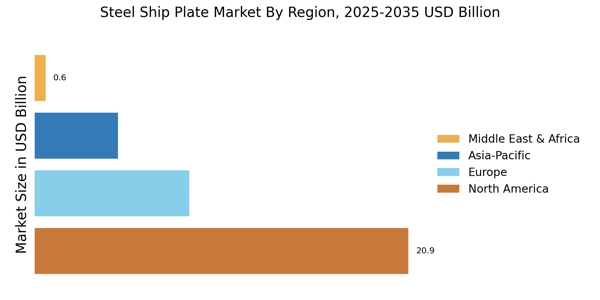


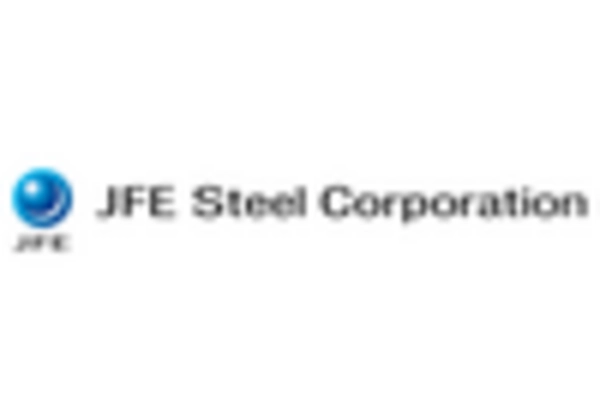
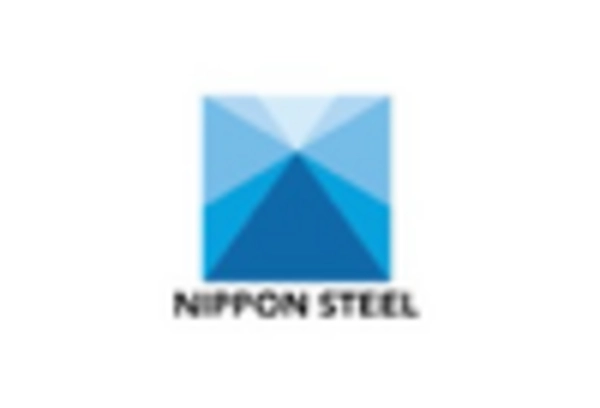
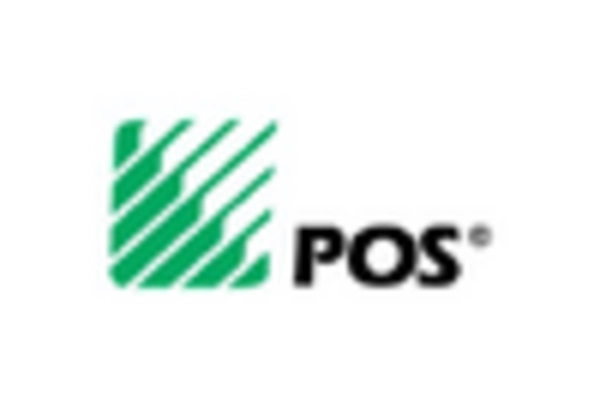
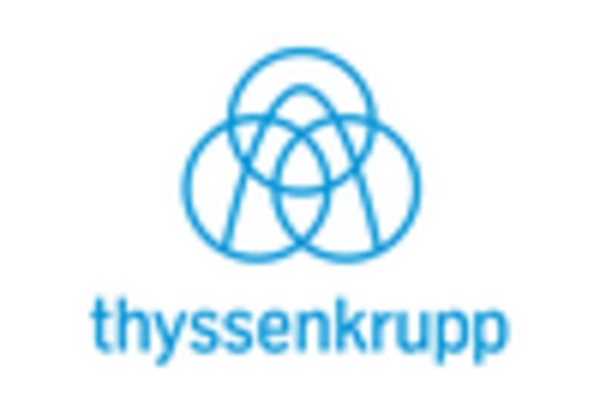








Leave a Comment